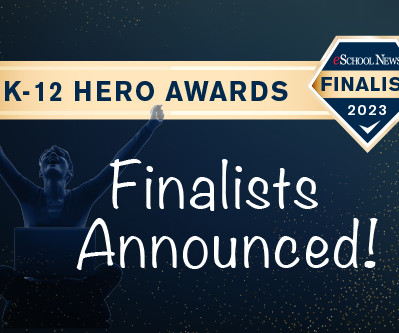Building Resilient Communities with Students at the Center
Digital Promise
AUGUST 28, 2020
As COVID-19 shifted learning online, students and educators lost access to those hands-on, in-person real world learning experiences and mentors. Teachers across the region reported that students were more engaged and had higher attendance during digital learning due to the excitement of working with artists and other partners.



















Let's personalize your content